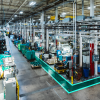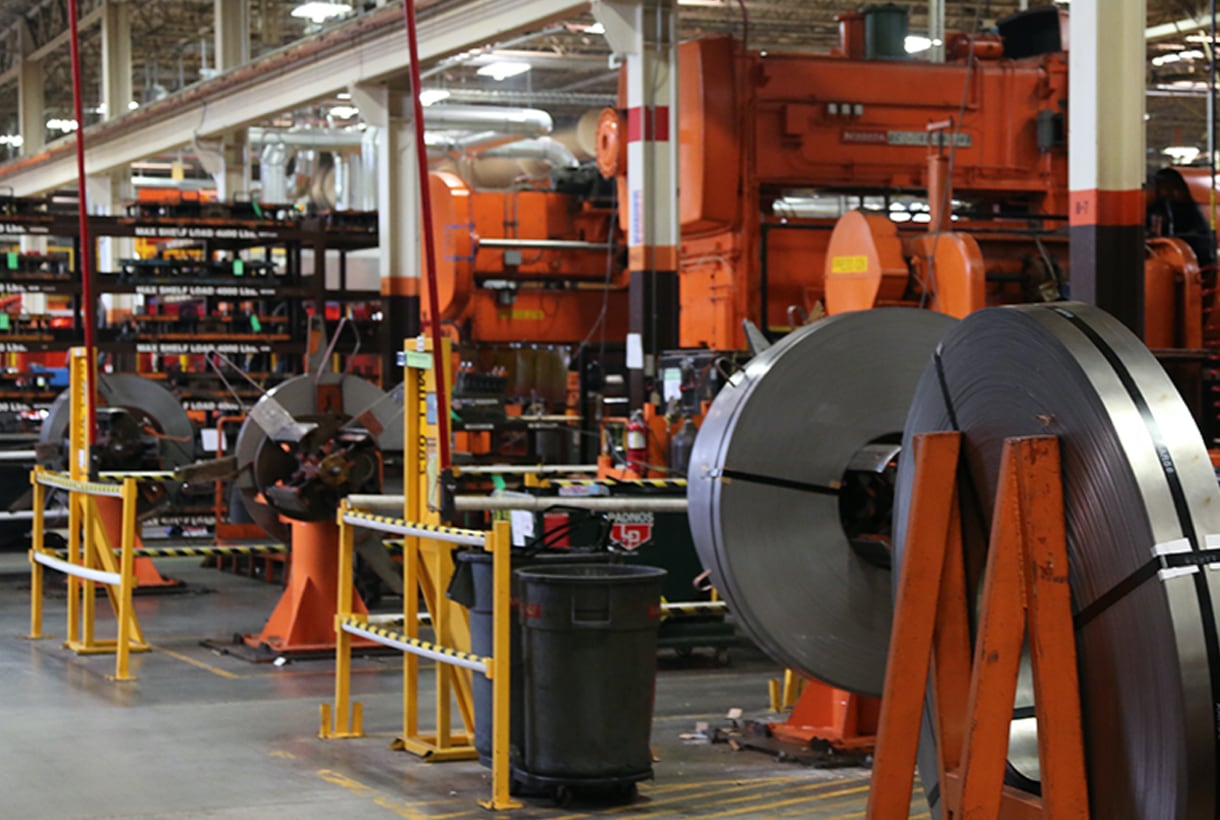
Heading
Smart Manufacturing Blog
Description
Welcome to your source for all things smart manufacturing. Whether you’re looking for expert insights, hard data, or actionable tips for your plant floor, we’ve got you covered every week of the year.

Now Available!
Get your copy of the 7th Annual State of Smart Manufacturing and hear from 300+ manufacturers in this new survey report!
Industrial Manufacturing
Plex Manufacturing Blog
Could Detroit be the Next Technology Hub?
Last week’s Fortune article asks the question: Is Detroit the next Silicon Valley? While on the surface these two areas seem quite different – one known for auto manufacturing and the other a hub for technology – the two areas are more similar than you might think. Today, the industries are colliding and shop floors are going hi-tech....
Read MoreManufacturing's Resurgence
Last week I had the opportunity to attend Forbes’ second annual Reinventing America Summit, a gathering of key players in the advanced manufacturing ecosystem. The innovation, ingenuity and enthusiasm on display reinforced my conviction in the resurgence of American manufacturing and our ability to compete globally. ...
Read MoreValentine’s Day Floats on a Cloud
While Valentine’s Day has been celebrated since the 18th Century, it wasn’t until 1861 that candy makers placed their chocolates into heart-shaped boxes. The rest, as they say, is history. But what goes into making all the chocolates and truffles, and managing the increased demand for holidays like Valentine’s Day?...
Read MoreThe Internet of Making Things: The Connected Torque Wrench
For more than 100 years the torque wrench has been an essential and valuable tool for manufacturers because it applies specific torque to a fastener, such as a nut or bolt. Torque can be the difference in the performance of the end product, whether that’s the power output of a diesel engine or the fit-and-finish of the latest iPhone....
Read MoreWhy More Manufacturers Are Finding Quality Maturity in the Cloud
All manufacturers—from startups to those in the Fortune 100—are concerned with quality. However, where each is along the path to quality maturity varies. At LNS Research, we like to refer to the process of progressing forward on this path as an “endless journey,” because with an ever-evolving set of quality obstacles as well as continual innovation in strategies and technologies, there’s room for…
Read MoreSuccess Is ... Shape Corp.
Manufacturing quality takes many forms, from the consistency and flavor of ice cream to the perfectly aligned stitches that glide across the dashboard of a luxury automobile. Quality can be about precision, fit and even about experience. For Shape, quality is about safety. ...
Read MoreThe Lego Hand
Topics like quality, efficiency, process and cost can dominate almost any manufacturing conversation. End-customer satisfaction depends on consistent quality and high value; as an industry, we spend billions of dollars annually to implement practices and technologies to make things better....
Read MoreRepairing the Clumsy Relationship between People and Technology: Wearables on the Shop Floor at TEDxDetroit
Google Glass, Bluetooth and other emerging mobile and wearable technologies are poised to transform manufacturing practices and how people interact with materials on the plant floor. Imagine pairing Google Glass with RFID tags to create a way for people to see inside boxes and around corners without using their hands....
Read MorePlex CMO Heidi Melin Talks Marketing Technology
Today’s highly connected digital world has evoked a shift in everything from the way people communicate with each other to how companies conduct business. We see it all the time in manufacturing – companies selecting Cloud ERP technology after putting careful thought into their business processes and the infrastructure to keep operations running....
Read MoreThe Difference Between Active and Passive Compliance
I had an interesting conversation last week with a company that was evaluating new ERP systems. One of the principal drivers for replacing their old business system is compliance and traceability. Today they use a combination of manual processes and disconnected systems to track material usage, quality, and production activities. ...
Read More









